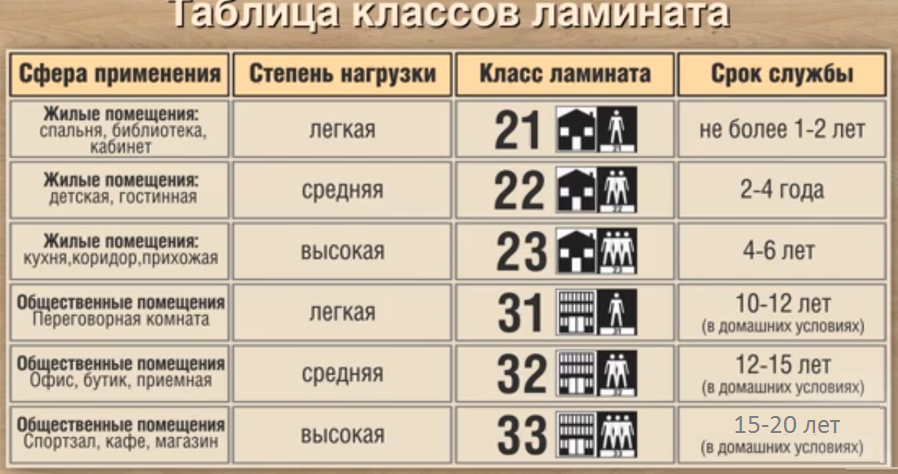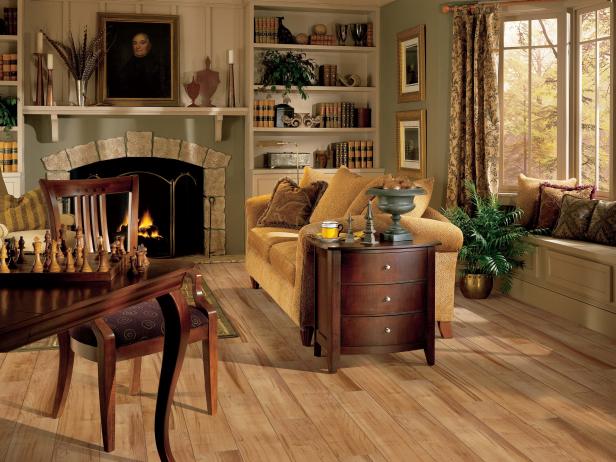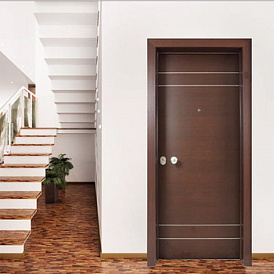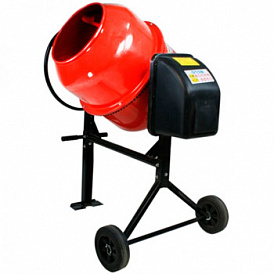How to choose a quality laminate for an apartment
Nowadays, choosing flooring, more and more people prefer laminate. This material can rightly be called an ideal example of the ratio "price-quality". Its appearance is almost indistinguishable from natural parquet, due to its sufficiently high strength, it is perfect for laying in places with high traffic of people, and a huge number of colors and colors allow you to choose the model that fits into the interior of the room in the most ideal way.
content
- The best laminate manufacturers - which company to choose
- Structure and application of laminate
- Types of laminate
- Laminate selection options
- Which laminate to choose?
- How much is laminate?

The best laminate manufacturers - which company to choose
The laminate market has been “divided” for quite some time. The lion's share of products is produced by world-famous manufacturers who do not need advertising; in the assortment of their catalogs you can find both low-end models and premium laminate, which by their properties are quite capable of “fray” with real parquet. Choosing a laminate, preference is given to the products of the following manufacturers:
-
Kronostar
-
Balterio
-
Egler
-
Alloc
Structure and application of laminate

Laminate flooring is a rectangular flat board, whose thickness varies from 6 to 12 millimeters. Its “heart” is the so-called carrier base - HDF board, made of pressed wood fiber. From above the plate is covered with a decorative layer, covered with a special transparent composition. Being laid in a solid floor covering, for an unknowing person, laminate flooring is practically no different from parquet.
The structure of the laminate is a kind of "sandwich", comprising the following layers:
-
Waterproof layer - the bottom of the board, preventing the laminate from getting wet from below;
-
The HDF layer, which is the basis of the laminate, depends on it the performance characteristics of a particular slab;
-
A decorative layer, which is, as a rule, a thin paper layer with a printed pattern of a special structure resembling wood, stone or another kind of surface;
-
The protective layer is a special transparent coating that ensures its safety from moisture, mechanical effects, as well as temperature drops and direct sunlight.
Due to the excellent functional characteristics, the laminate is widely used in both domestic and industrial premises, it is placed in schools, hotels and various catering facilities. With proper care and compliance with the procedure for laying laminate is able to retain its properties for many years.
Types of laminate
Despite the general structure and similar production principle, laminate is usually divided into two separate classes, each of which differs in its characteristics and also has both positive aspects and disadvantages.
Laminate for residential use

Excellent option for laying in the apartment or private house.Differs in worthy mechanical durability and resistance to abrasive influences, moisture and sunshine. Laying such laminate is carried out through special locks and does not require special skills and knowledge.
Virtues
-
Unpretentious care;
-
Low cost;
-
It goes well with the warm floor;
-
A huge number of options textures, colors and shades;
-
Excellent strength and mechanical characteristics;
-
Easy styling;
disadvantages
-
Insufficient resistance to moisture;
-
In places with an intense flow of people, they quickly wear out;
Virtues
-
Unpretentious care;
-
Low cost;
-
It goes well with the warm floor;
-
A huge number of options textures, colors and shades;
-
Excellent strength and mechanical characteristics;
-
Easy styling;
disadvantages
-
Insufficient resistance to moisture;
-
In places with an intense flow of people, they quickly wear out;
Laminate flooring for office and commercial premises

The structure of this type of laminate is almost similar to the type described above, and the main difference is not an example of higher resistance to abrasion. Many manufacturers give a five-year warranty on abrasion, even for those models that fit in the halls of hotels and conference rooms - places where the daily flow of people is several hundred people!
Virtues
-
Maximum resistance to friction and mechanical damage;
-
Long-term warranty with respect to the installation procedure;
-
Almost perfect docking;
-
Does not burn;
disadvantages
-
High price;
-
Afraid of water;
Virtues
-
Maximum resistance to friction and mechanical damage;
-
Long-term warranty with respect to the installation procedure;
-
Almost perfect docking;
-
Does not burn;
disadvantages
-
High price;
-
Afraid of water;
Laminate selection options

There are a lot of key features that you should pay attention to when choosing a particular laminate model. Before proceeding to the selection of a suitable model, it is necessary to determine the type of room, as well as the conditions in which it will operate. And only after that you can choose, paying attention to the following parameters.
Laminate class

This concept is a composite parameter that includes many different features. The global methodology for determining the class of laminate includes more than ten independent tests, the results of which indicate the degree of resistance to external influences. So, one of the most important tests is the test for abrasive resistance, referred to as the Taber Test, the results of which are displayed in the form of the abbreviation AC and the subsequent number. The larger it is, the more resistant the laminate is to mechanical stress.
According to the test results, a specific laminate model is assigned to one of the following specific classes. It is denoted by a two-digit number, the first of which indicates applicability (2 for home use or 3 for office use), the second is resistance to mechanical stress (it happens 1,2 or 3).
-
Laminate 21-22 class - a great option for laying in rooms with a small number of visitors;
-
Coating 31 class can be recommended for laying in commercial premises, the flow of people in which is relatively small. Under such operating conditions, it will quite calmly last up to 5-7 years, without changing its properties and without losing its appearance;
-
Laminate class 32 is designed for commercial premises with an average load density. In normal household use, it can retain its properties for up to 20 years;
-
Much stronger laminate 33 class. It is designed for use in areas with an intense flow of visitors. Under these conditions, it is able to withstand up to 5-7 years without changing its own physical properties;
-
-
34 class is considered the most durable. This type of coating can withstand if not extreme, then close to them load. In normal operation, it is able to maintain its appearance up to 15 years. When laying in homes or apartments such coverage will be truly eternal.
Laminate thickness
Contrary to the popular belief that the characteristics of the laminate and the resistance to impact form only the outer protective layer, the most important role is played by the base - HDF-plate, made of fiberboard. Its thickness can vary from 6 to 12 millimeters. The thicker a concrete slab - the better the sound and vibration insulation and the higher the resistance of the material to mechanical stress.
The presence of chamfer
The edges of the laminate can be either uniform or have a V-shaped bevel. In the first case, being laid together, the seams between the boards are invisible, and the flooring appears as a whole, which is not everyone's liking. And on the contrary, the presence of a small V-shaped chamfer, similar to that of natural parquet, looks natural and does not cause negative.
Moisture resistance
A parameter that reflects how well one or another laminate will withstand moisture. When operating in the usual rhythm, this parameter fades into the background, however, in the case when the probability of long-term exposure to high humidity on the surface is high, preference should be given to the most moisture-resistant models.
Connection type

The boards can be interconnected in one of the following ways:
-
Click. Provides for the presence of a special spike on one tile and a groove for it on the second. Board retracted at an angle of 45 degrees and inserted into the groove, then snaps;
-
Lock. Connects two comparable tiles on the long side;
-
Glue way. Laminate boards do not have a lock and are connected with glue. The least convenient and functional way.
Appearance
Currently on sale you can find a variety of laminate, imitating not only wood, but also stone, marble and other, no less aesthetic and beautiful types of materials. Which one to choose depends only on your preferences, style and functional purpose of the room.
Environmental class
Resins, which provide moisture resistance and resistance of the laminate surface to mechanical stress, contain formaldehyde, a substance that can adversely affect the respiratory organs. It is for this reason that many manufacturers use such a concept as a class of environmental friendliness. It is denoted by the letter E and the number representing the specific class. For example, E0 is absolutely harmless laminate, it can easily fit in children's rooms or bedrooms. E2 is already less environmentally friendly, and therefore experienced craftsmen advise laying it on balconies, in loggias and other places whose visits are not regular.
Which laminate to choose?

-
For a living room - a children's room, a bedroom - laminate 23 or 31 classes, having a V-shaped bevel and belonging to the ecology class E0, is best suited;
-
If the installation will be carried out in the hallway, it is preferable to choose the model 32 class, with increased resistance to moisture and belonging to the ecological class E1;
-
Office space requires laying the most resistant to mechanical stress laminate. Models 33 classes, thickness about 10-12 millimeters, possessing a V-shaped facet and belonging to the class of environmental friendliness E1 - the best option;
How much is laminate?
-
Cheap models 22 or 31 classes, designed for laying in residential areas, cost from 500 to 700 rubles per square meter;
-
Laminate, laid in the hallway or in the kitchen - places exposed to high mechanical loads, costs 800-1200 rubles per m2;
-
Office laminate class 33 will be somewhat more expensive, about 1000-1500 rubles per "square";
In the following articles, our experts tell how to choose linoleum and secrets the choice of screwdriver.
Attention! This material is the subjective opinion of the authors of the project and is not a guide to purchase.













